 |
|
|
|
|
||||||||||
|
|
|
||||||||||
|
Technical
Tips from Mark W. Persons |
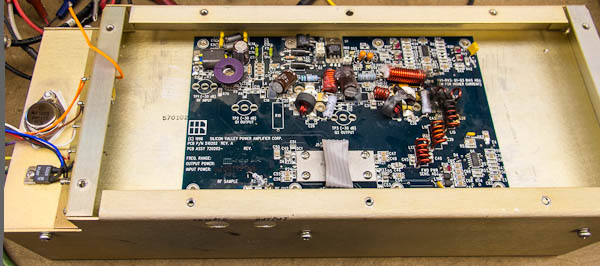 |
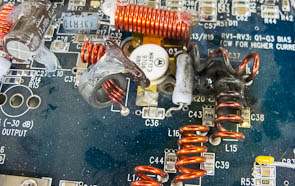 |
| If you have an RF amplifier in a Continental Electronics 802B FM Exciter that looks like this, you may have a problem. Continental's answer is to replace the entire module for about $2000. |
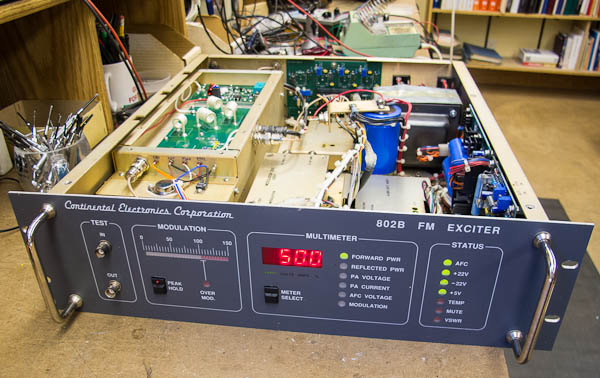
The rebuild project can be done for about $1000. The low-pass filter has been replaced by a 150 watt model from Broadcast Concepts that is more compact, see photo below. |
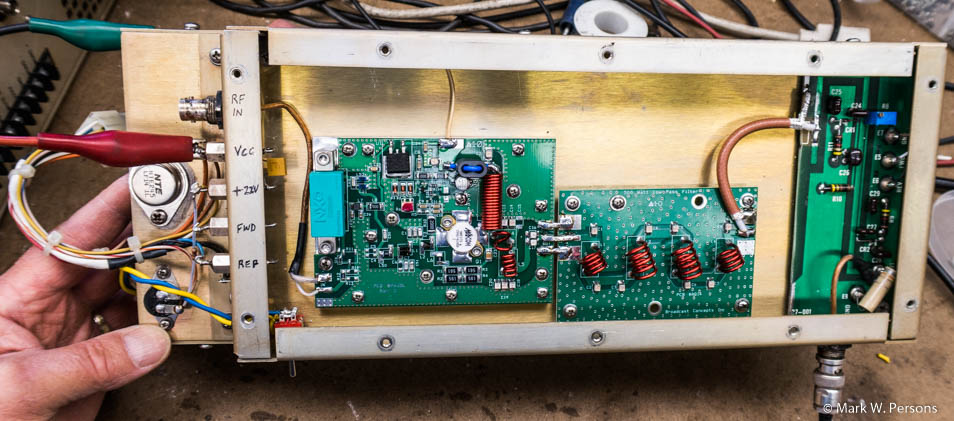 |
|
September 28, 2016:
Here is a look at how a new RF amplifier
fit to the left, a low pass filter in the middle and the original RF
directional coupler to read forward and reflected RF power on the right. The RF amplifier and low-pass filter came from Broadcast Concepts. The amplifier has 40 dB of gain using an MRF173 transistor in its output stage. Some 802B exciters have a directional coupler which can be reused when doing this update and some do not. New directional couplers are available for this kind of rebuilding too. |
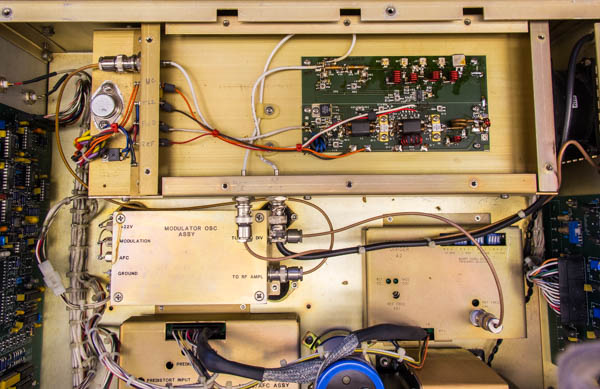
Transistors on the module failed and it could not be repaired. It is one of three circuit designs that were short-lived. See below: |
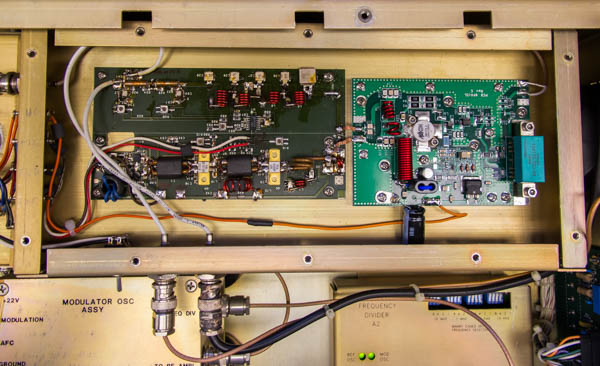
The original amplifier card is still in place, but the amplifier portion is not being use. However, the RF low-pass filter and directional coupler are still in the circuit. This simplified modification of the exciter and reduced the cost. All was well in the end and the exciter was capable of delivering a full 50 watts to the transmitter it is driving. |
|
The stories go on and on.
Stop in again sometime. I'll leave the soldering iron on for you.
|
|
Questions? Email Mark Persons: teki@mwpersons.com |